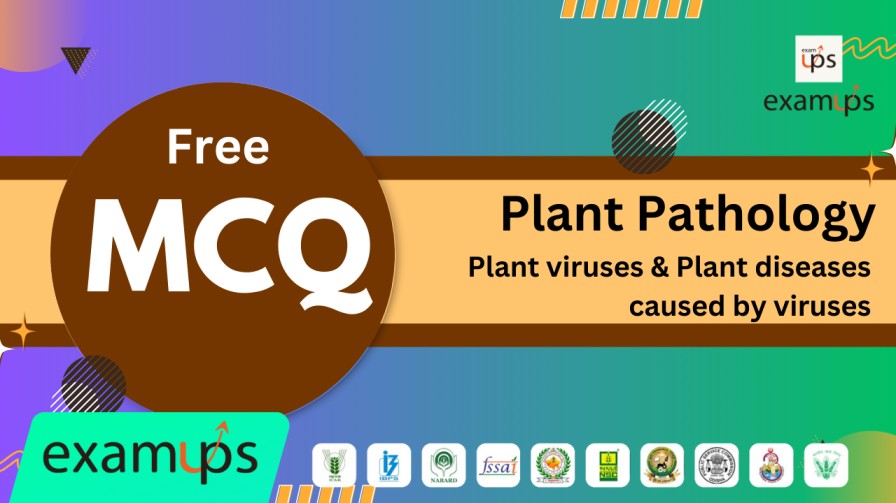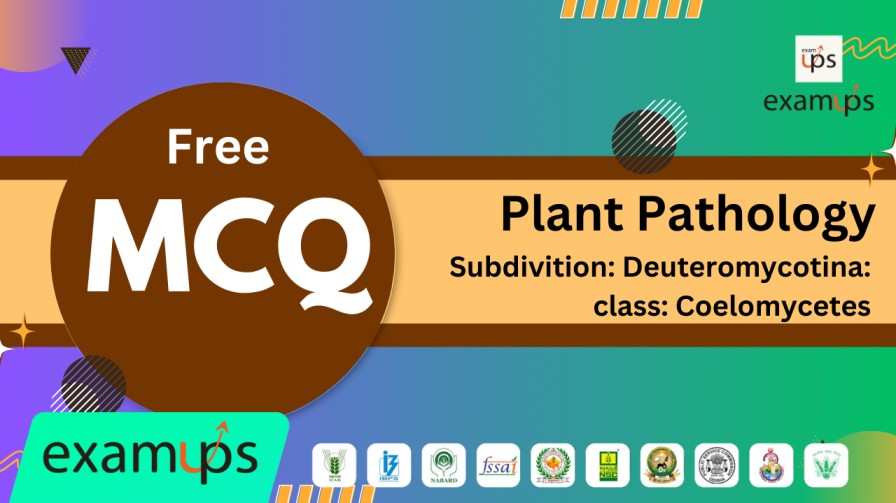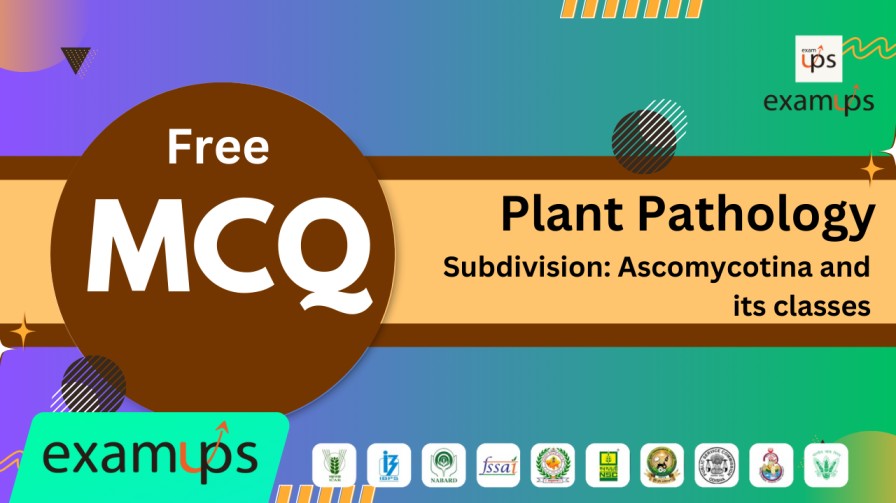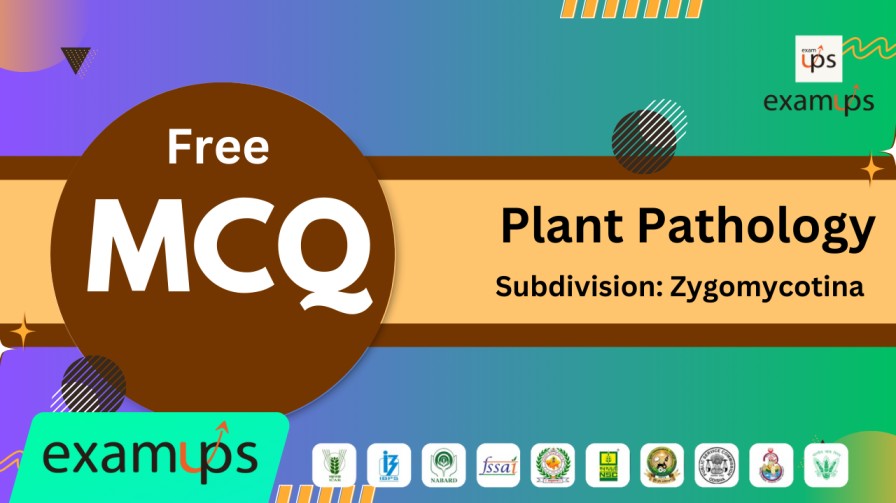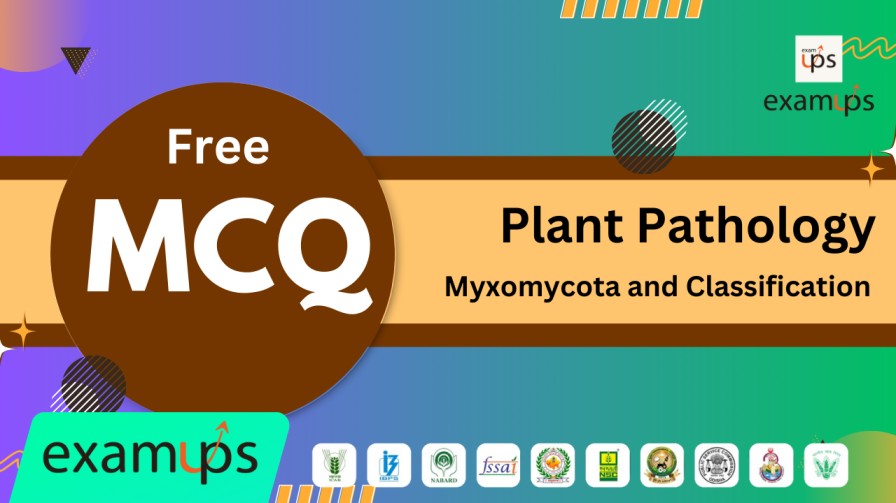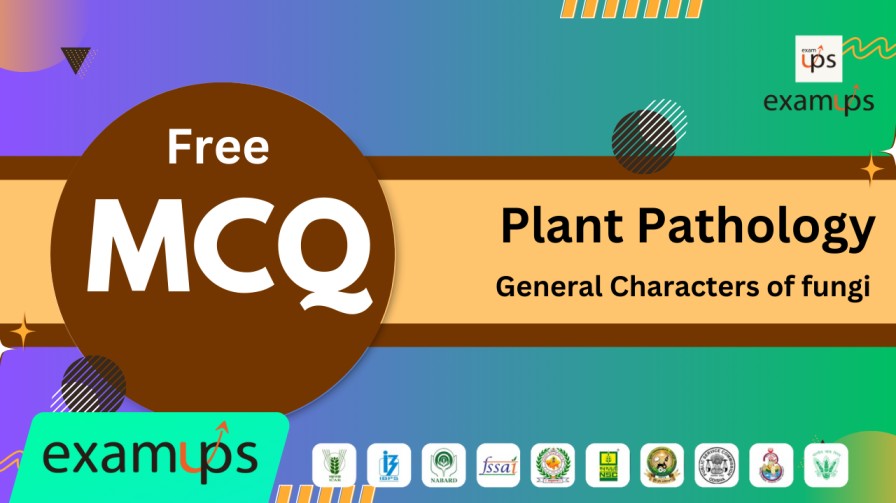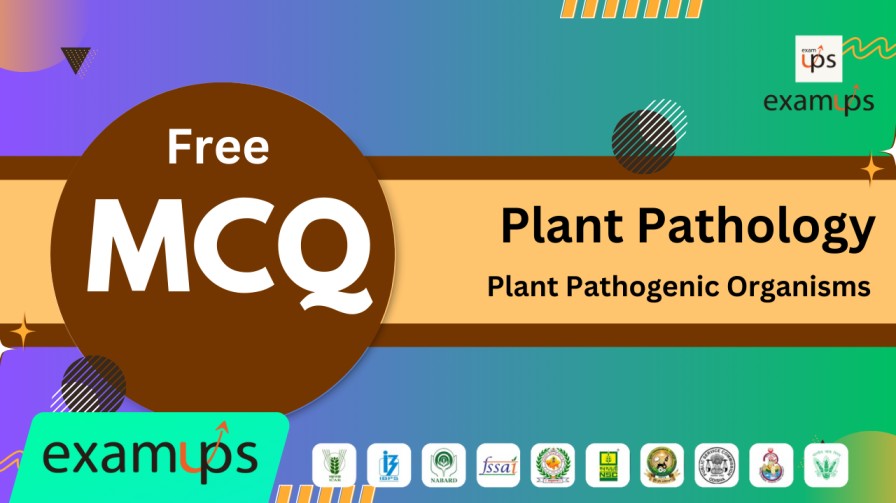MCQ on Plant viruses & Plant diseases caused by virusesMCQ on Plant viruses & Plant diseases caused by viruses
1. What is the general nature of a virus? A) Multicellular parasite B) Submicroscopic, transmissible, intercellular, obligate parasite C) Cellular organism D) Non-parasitic microorganism Answer: B) Submicroscopic, transmissible, intercellular, obligate







